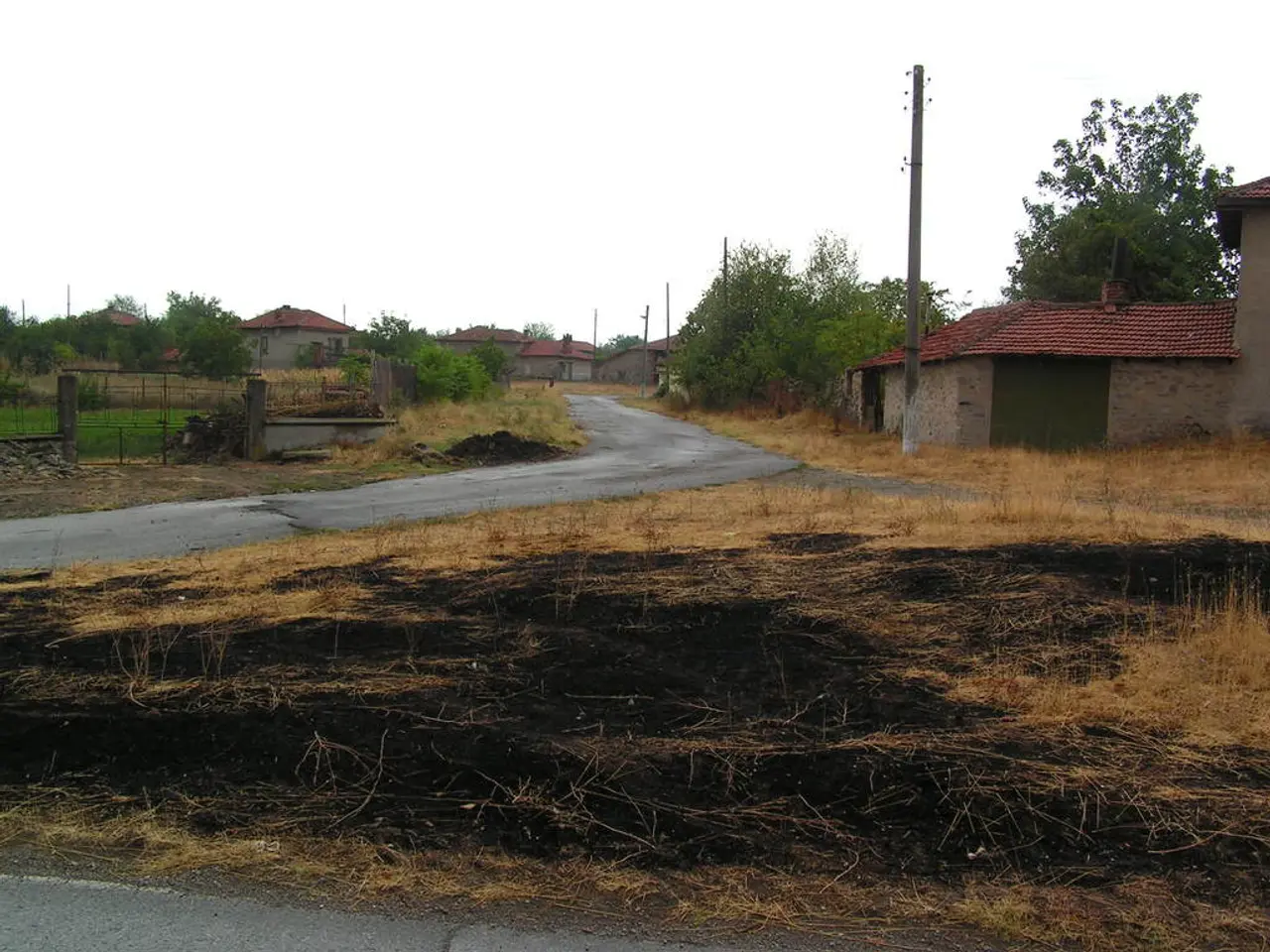guide for constructing urban areas in India that align with climate goals
In a recently released report titled 'Towards Resilient and Prosperous Cities in India', the World Bank has underscored the urgent need for green and resilient urban development in Indian cities. The report focuses on the climate risks facing these urban areas and the significant investments required to build infrastructure that can withstand rising climate challenges.
The report warns that Indian cities are unprepared for future weather-related shocks like extreme heat and flooding, with annual losses projected to reach $14-30 billion by 2070. One of the key concerns is the expected flooding in Greater Mumbai during high-tide periods, with water potentially seeping into Navi Mumbai and the north through water bodies and waterways. Similarly, cities like Chennai, Lucknow, and Surat are expected to experience 30-50% more extremely hot days and nights by 2050.
The report identifies hotspots where adaptation measures are most needed, with the highest risk of mortality and damage from coastal flooding in and around Kolkata, Mumbai, and Surat. Cities like Hyderabad, Bengaluru, and Indore, located near rivers, face a near-double risk of fluvial floods, a problem that is particularly pronounced in upper watersheds. Delhi, on the other hand, has the largest built-up areas exposed to river flooding among the cities analyzed.
To address these challenges, the report offers several recommendations. One of the key areas of focus is implementing programs to mitigate extreme urban heat and flooding. This includes regulating stormwater better, increasing urban green spaces, promoting cool roofs, and establishing effective early warning systems for weather hazards.
Another crucial area is investing in resilient infrastructure and services. This includes energy-efficient, climate-resilient housing; modernizing solid waste management; and making urban transportation systems resistant to flooding. The report also emphasizes the need to enhance urban finance mechanisms by improving private sector engagement and utilizing financial tools like green bonds, blended finance, and access to international climate funds to mobilize the massive investment needs.
The report also suggests granting more autonomy to cities to enable effective decision-making and implementation related to climate adaptation and mitigation measures. This could involve aspects of the 74th Constitutional Amendment Act to empower Urban Local Bodies.
Indian cities can become more efficient via a combination of "compact cities," mixed-use development, and transit-oriented development. These strategies not only serve adaptation purposes but also support sustainable urban development. The report also emphasizes the importance of keeping the urban poor at the center of all climate-sensitive new urban development.
The report studied 24 Indian cities, with a special focus on Chennai, Indore, New Delhi, Lucknow, Surat, and Thiruvananthapuram. However, the execution of projects under the Smart Cities Mission and Atal Mission for Rejuvenation and Urban Transformation (AMRUT) has been slow, with most cities executing only about one-fifth of the cumulative cost of approved projects.
The central government is the main financier, but the financial sustainability of municipal services needs to be improved, and some cities have the scope to borrow from the capital markets. Indian cities will need to invest over $2.4 trillion by 2050 to build resilient and low-carbon infrastructure that can cope with rising climate risks amid rapid urbanization.
The report concludes that timely adaptation can avert billions of dollars of annual losses from future weather-related shocks. Urban local governments will play a critical role in integrating adaptation and resilience into the urbanization process. The report underscores the need for a City Climate Action Plan which includes conducting local climate and disaster risk assessment, developing impact-based, multi-hazard warning and response systems, and investing in risk reduction measures, for floods and heat.
- The World Bank's report on green and resilient urban development in Indian cities highlights the importance of financial tools like green bonds and blended finance for investing in resilient infrastructure and services.
- One of the key concerns in the report is the expected flooding in cities like Mumbai, with the potential for water to seep into nearby locations like Navi Mumbai and the north through water bodies and waterways.
- To address climate challenges in Indian cities, the report suggests implementing programs to mitigate extreme urban heat and flooding, such as regulating stormwater better, increasing urban green spaces, and promoting cool roofs.
- The report also emphasizes the need for urban finance mechanisms to be improved, with a focus on enhancing private sector engagement and utilizing financial tools to mobilize the massive investment needs for building resilient and low-carbon infrastructure.
- The report concludes that urban local governments will play a critical role in integrating adaptation and resilience into the urbanization process, and that timely adaptation can avert billions of dollars of annual losses from future weather-related shocks.




